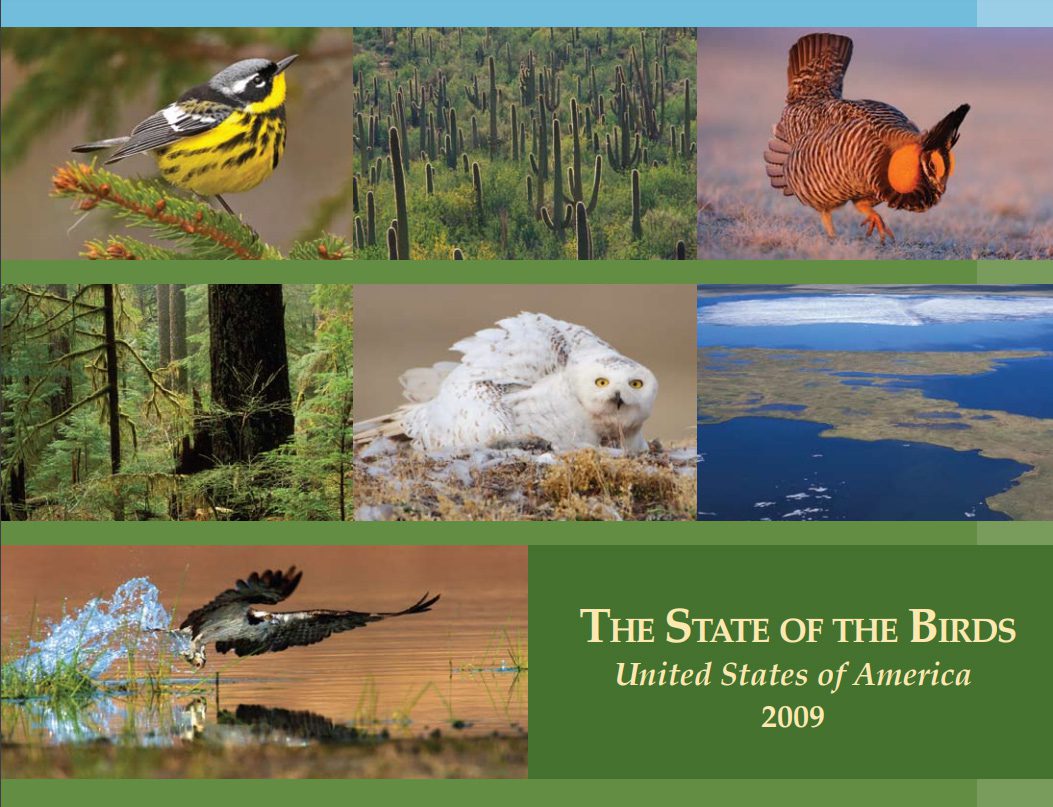View From Sapsucker Woods: Looking Forward to a New Administration
By John Fitzpatrick April 15, 2009New administrations in Washington always create hope on a number of fronts, but surely this year’s historic inauguration spawned more than most. With global economies faltering, military and ethnic conflicts persisting, terrorism and intolerance expanding, and global temperatures warming, hopes abound in every corner that fresh approaches might turn these tides.
As the Obama administration takes root, an important effort launched by the Bush administration warrants a resounding call to action. As described on the facing page of this issue of Living Bird, our nation’s very first State of the Birds report was released just a few weeks ago. This report represents one of several tangible outcomes from a task force report on bird conservation submitted to the White House in 2007. The Cornell Lab is proud to have played a key role in both reports, together with a number of our conservation partners both inside and outside of government.
Bird populations represent accessible and sensitive barometers of environmental health. In this context, the 2009 State of the Birds report is intended as the inaugural production in a series of reports designed to focus our nation’s attention on key environmental indicators, lessons, and needs. To succeed in their intended mission, these reports must not only be accurate and objective, they must galvanize public and agency support for genuine, on-the-ground conservation measures producing lasting results.
The 2009 State of the Birds report demonstrates that certain habitats show clear signs of distress, but also that long-term conservation management does produce demonstrably positive impacts. Nowhere is this more clearly visible than in our nation’s waterfowl population, which has benefited from decades of concentrated attention and investment. Populations of several (though not all) duck species are at record highs, thanks to millions of acres of habitat preservation, detailed population monitoring, and careful regulation of hunting pressure.
Our nation can do the same for all birds. We call on the Obama administration to take seriously the recommendations contained in this year’s State of the Birds report and make conservation management of our public lands a centerpiece of our nation’s environmental policy. Citizens can help in countless ways: by setting good examples in our own backyards, by purchasing Migratory Bird Hunting and Conservation Stamps (“Duck Stamps”) whether we hunt or not, by participating in citizen-science monitoring projects, and by rallying public officials—local, state, and federal—to make habitat conservation and land-use planning a genuinely nationwide priority.
Inauguration Day
Dawn to dusk it snowed
Capping peacefully frozen shrub and slope
Amplifying virgin white
Air swirling in white satins
Then chiffon and buttons
Bowed limbs receptive
To sky water growing as cotton.
Siskins boreal born
Pour through huge flakes
Like pepper through crystal
To gorge unfettered
By winter’s grip
Or by changes in the guard.
The glacier’s annual resurgence
Strives to persist
As days lengthen
As the planet warms
As the world converts in a voter’s heartbeat
From one future to another
Under jubilant frozen air
Six hours south.
Ithaca NY
January 20, 2009


All About Birds is a free resource
Available for everyone,
funded by donors like you






